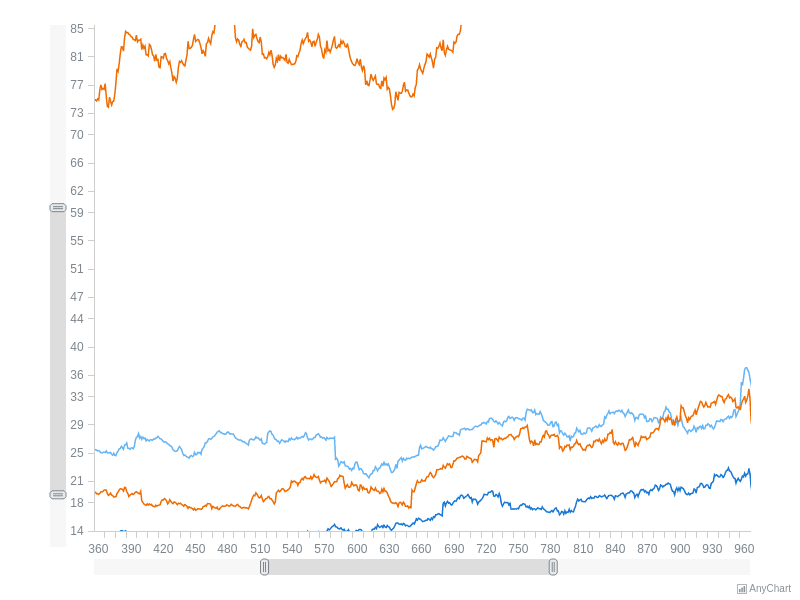
Window.ApexCharts = require("apexcharts") // expose to window Or, if you use webpacker, you can run: $ yarn add apexchartsĪnd then require it in your app/javascript/packs/application.js. Require it in your app/assets/javascripts/application.js. The inner chart helpers is notĬhartkick (Google Charts) and ApexCharts Īdd this line to your application's Gemfile: gem ' groupdate ' # optional The prefix you set only applies to the outer chart helpers. Prefixed) as other libraries don't seem to have anything similar to them.īesides setting the environtment variable, if you just want a quick prefix, you can insteadĭo this on your Gemfile: gem ' apexcharts ', require: ' apexcharts/prefix_with_apex 'Īnd you'll get apex_line_chart, apex_area_chart, etc. create_palette and destroy_palette are left as is (not Say, 'awesome_' and then on your views/templates use the chart helpers as awesome_line_chart,Īwesome_area_chart, and so on. The APEXCHARTS_PREFIX environment variable to a string before you start your app server, chartkick, google_charts, etc.) you already use. You can prefix the helper methods name with your chosen words to avoid name clashing with To destroy the palette: destroy_palette " ephemeral " On that page and inside its partials after the palette created.įor example: create_palette " ephemeral ", Of a request), you can use the create_palette helper. To create local palettes to be used only for current thread (usually for the duration If later for some reason I don't know you want to destroy the palette you can use: ApexCharts :: Theme. = line_chart chart_data, theme: "rainbow" create " rainbow ", Īnd later somewhere in your app views: # e.g. To create global palettes to be used anywhere on your any parts of your app, you can useįor example, in rails app, you would write it in initializers: # config/initializers/apexcharts.rbĪpexCharts :: Theme. You can create custom palette that works globally or locally. You can add functionable-json to your Gemfile and formatter in tooltip, data_labels, and labels), Individually by any options passed to the relevant chart helper. Radar Chart 10, "Issues"=>5, "Pull request"=>25, "Commits"=>60 }ĭata: Īll charts will then automatically pick up these global options, which can be overwritten ForĪll cartesian charts can have annotations, for example: You can synchronize charts by using syncing_charts or synchronized_charts methods.

You can mix charts by using mixed_charts or combo_charts methods.įor example, given that: = Property. That's because I just use random sets of numbers as the data. Real life candlestick chart probably don't look like that. You can make candlestick chart with this: That's why you can call it with ohlc_chart too. This chart is also popular by the name "ohlc chart". Keep scrolling down to seeĮxample options used for cartesian charts: Ĭandlestick chart is typically used to illustrate movements in the price of aįinancial instrument over time. PS: Property can be any model you have and inactive and activeĪre just some normal ActiveRecord scopes. To build the data, you can use gem groupdate.
#CARTESIAN TOOLTIP ANYCHART SERIES#
Chartkick (Google Charts) and ApexChartsĮxample series used for cartesian charts:.This README might not be for the version you use. If your organization/company uses ApexCharts.RB in production, please comment on To your ruby app, namely view/template helpers for creating charts, options shortcuts,Īpplication wide default options, reusable custom theme palette, and so on. On top of those sweetĪdvantages, you'll also get extra features that you can't get by just including ApexCharts.JS Interactive, and responsive charts powered by ApexCharts.JS.


ApexCharts.RB is a ruby charting library that's going to give your ruby app beautiful,


 0 kommentar(er)
0 kommentar(er)
